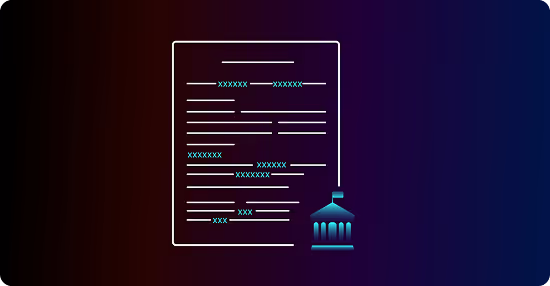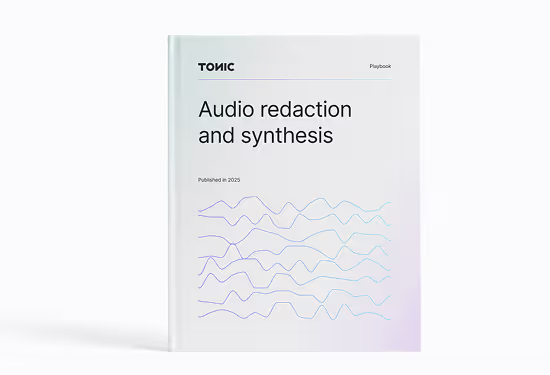
Make sensitive data usable
Instantly identify and remove sensitive data from text documents and audio so your teams can safely train models, power RAG systems, and advance AI initiatives.










Best-in-class detection
Our best-in-class models provide out-of-the-box support for common entities, with unlimited flexibility to design your own – with support across 50+ languages, delivering the accuracy your business demands.

Realistic synthesis
Redact or synthesize sensitive entities consistently, without compromising quality or context, ensuring data is suitable for model training and other scenarios where data realism is critical.

Certifiable compliance
Whether it's HIPAA, GDPR, PCI, or another requirement, Tonic has established partnerships with Expert Determination providers to certify compliance for your use case.




Enterprise-grade control and collaboration
Essential security features like Role-based-access controls (RBAC) and SSO integrations to ensure the highest levels of protection across your data, and dataset sharing within the UI for easy collaboration.
Seamless refinement
An intuitive UI with a simple configuration workflow and self-serve detection refinement, paired with a robust API and SDK for more technical users to operate at scale.

All your data, any format
Tonic Textual supports virtually all unstructured data formats — from free text to audio – simply feed your data into the Textual SDK or upload your files through the UI or with the Tonic SDK to quickly generate privacy-protected assets that are ready for downstream usage.

See Textual protect your data in real-time

Want to see how Textual works with one of your own documents?
Create a free account and start uploading in seconds.
Unstructured data de-identification for every use case
.svg)
In AI model training
Retain your data’s richness and preserve its statistics by replacing PII with synthetic values, to ensure optimal model training for LLM fine-tuning and custom models.

In RAG systems
Provide LLMs redacted data while optionally exposing the unredacted text to approved users. Automate pipelines to extract and normalize unstructured data into AI-ready formats.

In LLM workflows
Redact sensitive information prior to using it within LLM prompts to prevent sensitive values from ever entering the chatbot system.

In your lower environments
Accelerate data science based development with realistic test data that ensures data utility and data privacy throughout your lower environments.

A holistic platform for all of your data
Regardless of whether you are working with structured or unstructured data – or you need to fabricate realistic synthetic documents because none exist – Tonic.ai provides a suite of solutions to unblock your AI/ML initiatives and keep them moving forward.

Support for all your data formats
Keep conversations private while preserving value.
Redact audio files automatically. Now that’s ••••••• awesome!
Deploy Textual on the cloud or self-hosted



Accessible where your data lives
Deploy Textual seamlessly into your own cloud environment through native integrations with cloud object stores, including S3, GCS, and Azure Blob Storage, or leverage our cloud-hosted service.



Available through your cloud provider
Burn down your cloud commitments by procuring Textual via the Snowflake Marketplace, AWS Marketplace, and Google Cloud Marketplace.
Or deploy self-hosted
For the utmost in data security and control, deploy Textual on premises using Kubernetes or Docker, in the event that your data is too sensitive to live on the cloud.


.svg)
.svg)





























